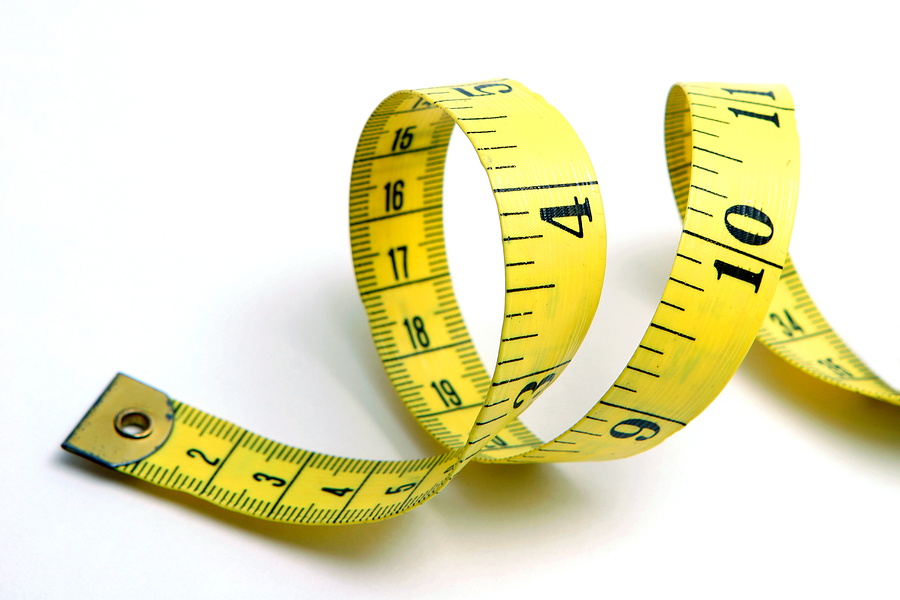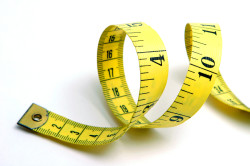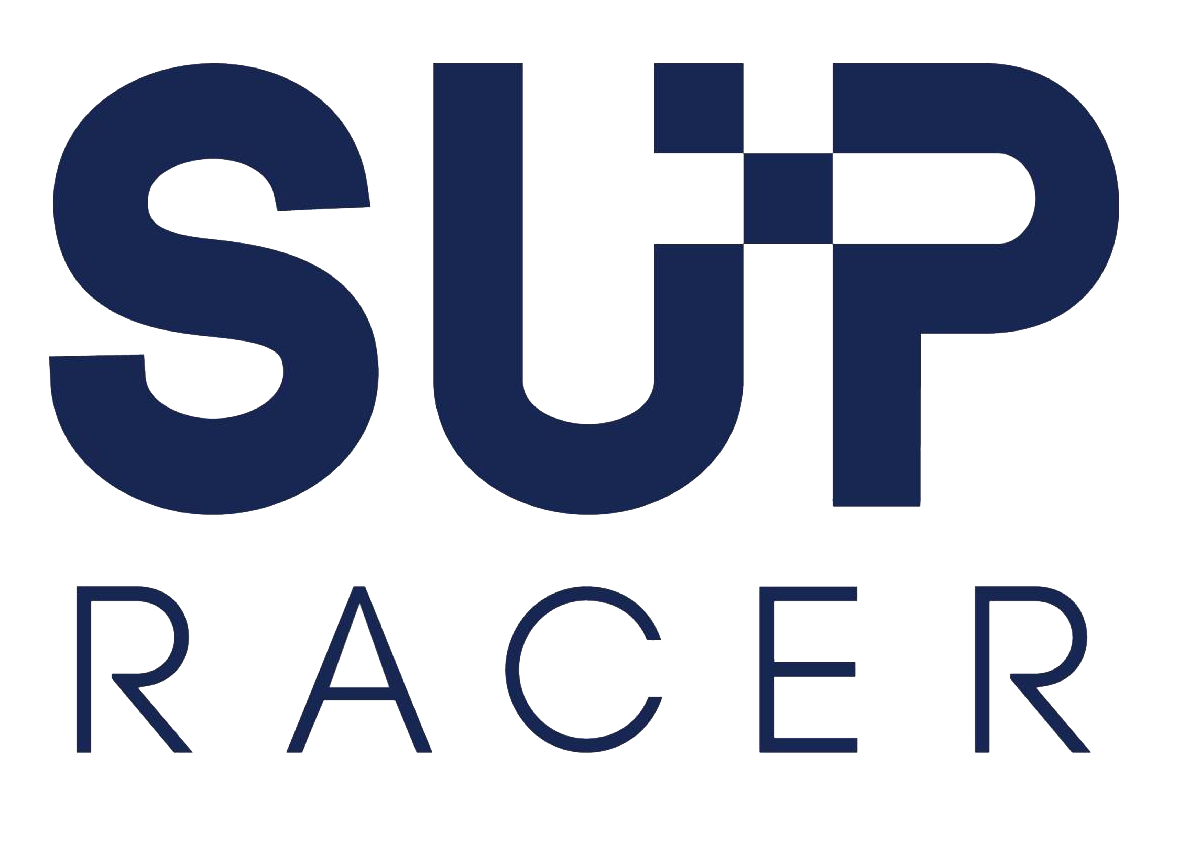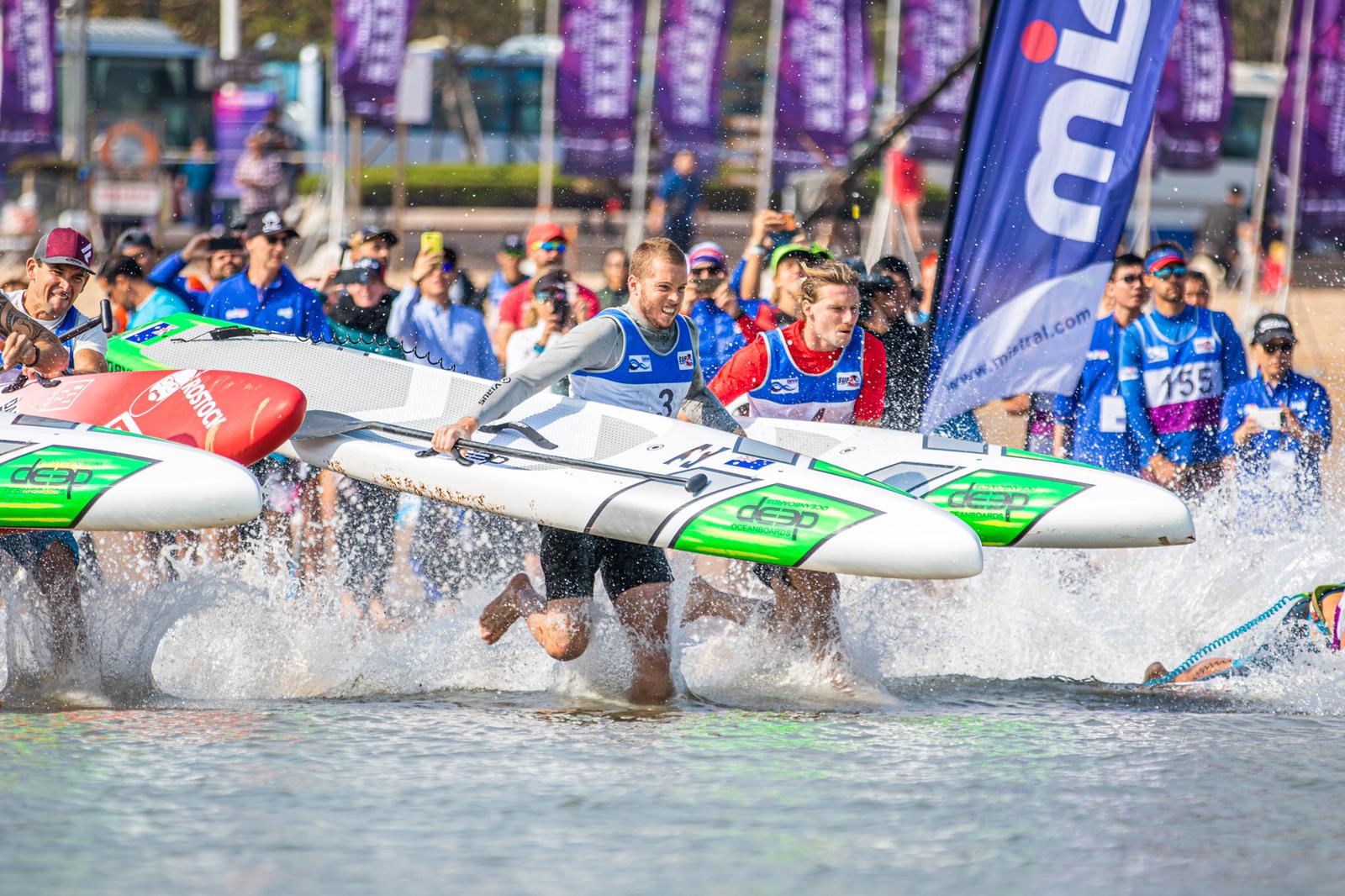
SUP Athletes Association Announces Board Restrictions; Width, Weight, Depth Limits From 2015 Onwards
 In what may come to be seen as a landmark decision for the sport, the Stand Up Paddle Athletes Association (SUPAA) has just released their recommendations for SUP race board restrictions.
In what may come to be seen as a landmark decision for the sport, the Stand Up Paddle Athletes Association (SUPAA) has just released their recommendations for SUP race board restrictions.
After six months of behind-the-scenes activity, which included close collaboration with several leading board manufacturers as well as input from dozens of the world’s leading paddlers, the Association today announced their final draft of board specs. The rules will come into effect from 2015 onwards, when SUPAA plans to begin sanctioning major (and minor) races all around the world.
While “board restrictions” has been an ongoing topic for years, the debate really kick-started with Jim Terrell’s (in)famous “International Stock Board Class” article here on SUPracer.com last year.
The core argument that’s generally thrown up is that we need design restrictions, in areas such as board width and weight, in order to keep the sport accessible for beginners and to ensure future growth that will benefit everyone in the sport. Jim Terrell, for example, uses his experience in canoeing as a basis for the article. In that sport, there was growth for several years, until the canoes started becoming too narrow and too light for newcomers to the sport. Space-age materials made the equipment expensive, while radical designs made handling almost impossible for beginners. As Jim summed up: “Canoe racing grew into an expensive balancing contest, which resulted in a fairly steep decline.”
Those were issues that nobody wanted to see repeated in Stand Up Paddle racing, yet there were clear signs we were heading down that path in recent times. Aggressive board design was producing narrower, lighter and more expensive equipment. Racing, especially the flatwater variety, was facing the prospect of an all-out arms race. That sort of thing would surely produce faster boards, however it would probably also lead to a decline in participation as the competitive, top-of-the-line equipment became too difficult for anyone other than the hardcore elites.
In short: Most people agree that *something* should be done, yet few could agree on the who/what/how/when of the debate…
So in stepped the SUP Athletes Association. Before they even had a name, the founding crew behind SUPAA were working on this issue. Led by President Chase Kosterlitz and backed by several of the world’s leading paddlers, the Association opened up dialogue with several board manufacturers in September last year with the goal of having agreement on new board specs in place by 2014.
So what are the new board spec rules?
While I encourage you to read the full media release (which includes some interesting comments by the likes of Svein Rasmussen and Danny Ching), the basic specs are:
– 58.42 / 23 inch waterline width limit for 14 footers
– 60.33 cm / 23.75 inch waterline width limit for 12’6″
– 10kg / 22.05 pounds weight limit for 14′
– 9kg / 19.84 poundsweight limit for 12’6″
– 12.5cm / 4.9 inches deck recess limit for both 12’6 and 14′
Again, check out the official release for more details.
The task of getting dozens of competing board brands to agree on the same thing, let alone making that align with the wishes of the paddlers is a mighty difficult task. I’ve seen some of what’s happened behind the scenes in the past half a year and have the utmost respect for SUPAA for having pulled these restrictions off.
Though “restrictions” is probably the wrong word; it implies something negative, whereas I actually see this move as being very positive.
Having these rules in place will help grow the sport in a positive way. These rules will help keep racing fairer for the masses. These rules will help keep the sport more open, more logical, more practical and more fair.
In short: this is a good thing.
Sure, we all love the romantic ideal of paddleboarding with no rules, no restrictions, free to cruise around the oceans of the South Pacific with a lei around our neck. However the reality is that professional competition requires some sorts of rules, otherwise a sport will become too niche, too specialised and too difficult for the newcomers that will fuel future growth.
And don’t forget: We’ve already had restrictions in place for years, in the form of board length (i.e. the 12’6 and 14′ classes have been a form of board restrictions). Plus I strongly believe that introducing board restrictions on 12’6/14 will reinvigorate the unlimited class, becuase that’ll now be the only place where paddlers, designers and manufacturers are truly free to really experiment.
Today’s announcement is, however, just the first step. The restrictions will only come into place in 2015 and only at SUPAA-sanctioned events, though I believe the majority of races, big and small, will eventually adopt the same rules and give the sport some much needed consistency.
The rules also won’t come into effect until they are ratified by the manufacturers, most likely via the SUPIA idustry association. However I believe enough of the big brands are already on board, as well as the paddlers, that this will become a reality next year. We’ll probably even see a few races adopt the rules this year (hint: If you want some free publicity for your event, become the first race to announce that you’re implementing SUPAA’s new set of board restrictions…).
So there you go. Board restrictions. It’s controversial. It’s impossible for anyone to agree. Yet it’s finally starting to happen.. and I believe that’s a positive step forward for the sport.
Now let the inevitable debate and flame wars begin :O






